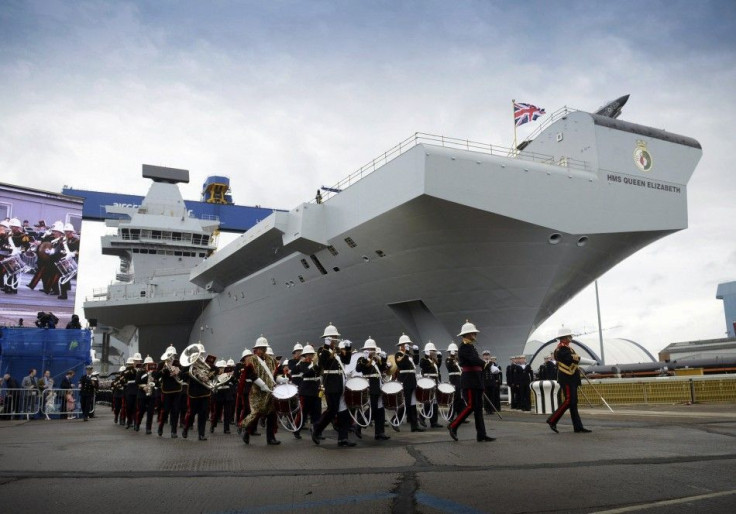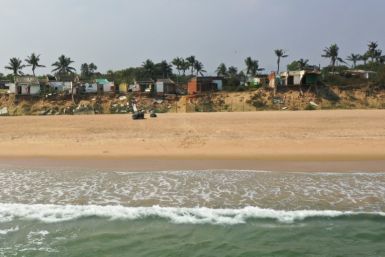US Navy Deploys Laser Weapons in Persian Gulf: Laser Beams Will Warn And Destroy Hostile Drones and Swarming Boats

To show off its naval power in hostile ocean fronts, the U.S. Navy has developed a brand new weapon to scare away enemy drones and swarming boats. It is going to be a nightmare for pirates too. The Laser Weapon System, or LaWS, is the U.S. Navy's new answer to unmanned drones and pirate boats aiming to attack cargo ships or war ships.
The laser weaponry has been installed on the USS Ponce to be tested across the Persian Gulf, this summer. The programme, now in the prototype phase would be deployed across Navy's fleet by 2017, reported Bloomberg.
Prototype
Naval Sea Command technicians developed the prototype at a cost of about $40 million. Right now, the Ponce crew has the authority to deploy the weapon as it has passed a series of at-sea tests, including static surface targets tests, according to the 5th Fleet spokesman Commander Kevin Stephens. The prototype can focus the light from six solid-state commercial welding lasers on a single spot, according to a July 31 Congressional Research Service report. It "can effectively counter surface and airborne threats including small boats and drones", Miller said.
The USS Ponce, as an armed transport ship, has been patrolling with this prototype 30-kilowatt-class Laser Weapon System for more than four months. The laser allows to be fired in several modes and a dazzling warning flash or destructive beam can set ablaze drones or swarming small boats.
Says Vice Admiral John Miller, the 5th Fleet commander, the Ponce "is a unique platform to deploy the new capability in an operationally relevant region." The ship is the 5th Fleet's main command and control as the staging base for operations. It works like a floating helicopter pad capable of transporting marines and equipment for amphibious assaults.
The Naval Technology.com gives an accurate account of the new system. "The system comprises a single laser weapon control console manned by a surface warfare weapons officer on board. It can operate all functions of the laser. Using a video-game-like controller, the sailor can manage the laser's power to accomplish a range of effects against a threat, from disabling to complete destruction", reported Quartz.
Iranian Threat
Since 2011, the U.S. Navy has been trying to boost its presence in the Persian Gulf and the Strait of Hormuz, where one fifth of the world's traded oil flows. Cases of naval mines and swarming small vessels by Iran targeting ships, have been quite common.
However, Admiral Jonathan Greenert, Chief of Naval Operations said the laser has not been designed or deployed to counter Iran's arsenal of small armed vessels. "It is not targeting any country", the commander said. Greenert said more perfection is going to come over in the months to come. He said, "we still have some work to do on the technology side in making it compatible in heat, humidity, dust and at sea. It's got to roll, move around and I have to take it out and get it wet, and the Arabian Gulf's a pretty tough environment."






